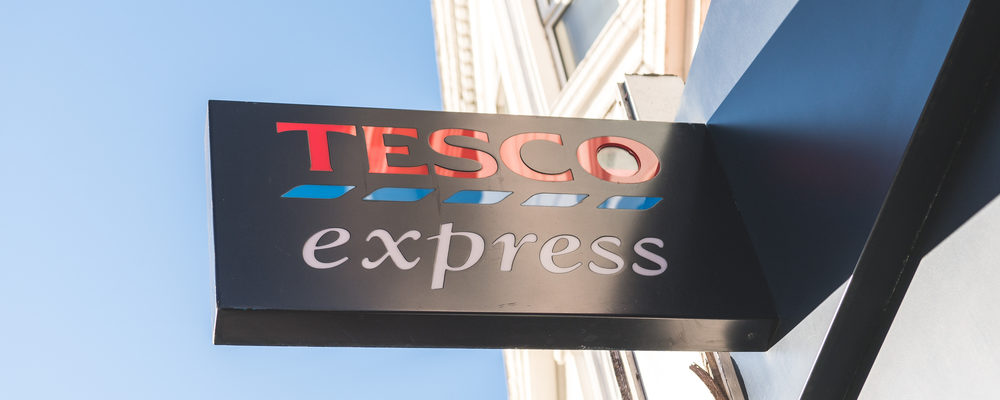Supermarket giant Tesco has raised eyebrows among leadership and management experts with its plans to axe 1,700 managers throughout its busy Express branches and replace them with 3,300 so-called ‘shift leaders’: employees who’ll be hired specifically to take on managerial duties in the stores without actually carrying the full title.
On the face of it, the chain’s goal seems to be to ramp up its shop-floor staffing numbers, and then parcel out a series of supervisory tasks among the new blood. Is this a stroke of innovative genius on the part of head office, or a recipe for confusion? Indeed, could it be viewed as a form of ‘fake management’ that dilutes and devalues the cachet that retail managers have traditionally enjoyed?
To make the plans stick, and ensure that customers benefit from the initiative as they make their way through the often cramped and tight-cornered aisles of its Express branches, Tesco will clearly need to bear in mind a number of considerations around preparation, training and monitoring. But when all is said and done, is this a scheme to which the brand has resorted largely for cost-cutting reasons, rather than management common sense?
“Before we decide whether Tesco are cost cutting by laying off their 1,700 managers – or, indeed, providing an opportunity for more than 3,000 people to step up by becoming shift leaders, we have to ask what the chain actually wants from these new recruits,” says Kate Cooper – head of head of research, policy and standards at the Institute of Leadership & Management.
“If it is to inspire, encourage and enable the people on their shifts to do the best they can,” she explains, “then the firm has to ask itself whether these are the right people to do it. But if it’s essentially a matter of managing standard procedures and protocols devised by head office, and not having the freedom or autonomy to deliver something over and above, then yes – they don’t need managers, and the shift leaders will do.”
However, in Cooper’s view there are some big-picture home truths about the state of Tesco’s industry that may have spurred its decision to innovate. “The retail manager as we used to know it is a disappearing role,” she says, “because digital has created new customer relationships while imposing a certain degree of uniformity. This has affected the ability of retail brands to respond to local needs.”
Curiously, she points out, the emergence of Tesco’s plan coincided with a mild media furore over Waterstones’ similarly innovative move to ‘de-brand’ some of its smaller, local branches to make them look like independent bookshops. The book chain has faced questions over whether its strategy effectively ‘tricks’ or ‘cheats’ the customer, but Cooper sees it another way: “They’ve talked about how this enables professional buyers at those shops to stock locally focused books that meet residents’ needs and interests, which is an interesting take on ‘Think Global, Act Local’. So I think that shows Tesco what sorts of questions they need to explore.
“If they want to be a community store that responds to local conditions, and that’s what they expect of these shift leaders – well, that’s a bit too much. If they want someone to fill in rotas, complete absence forms and do health-and-safety inductions, for example, then shift leaders could do it. So it all comes down to expectation. If it’s to fulfil a set of compliance functions, they don’t need managers. But if it’s actually to deliver something value-added, then it would appear to be a cost-cutting exercise.”
Image courtesy of Tomas Dittrich / Shutterstock

